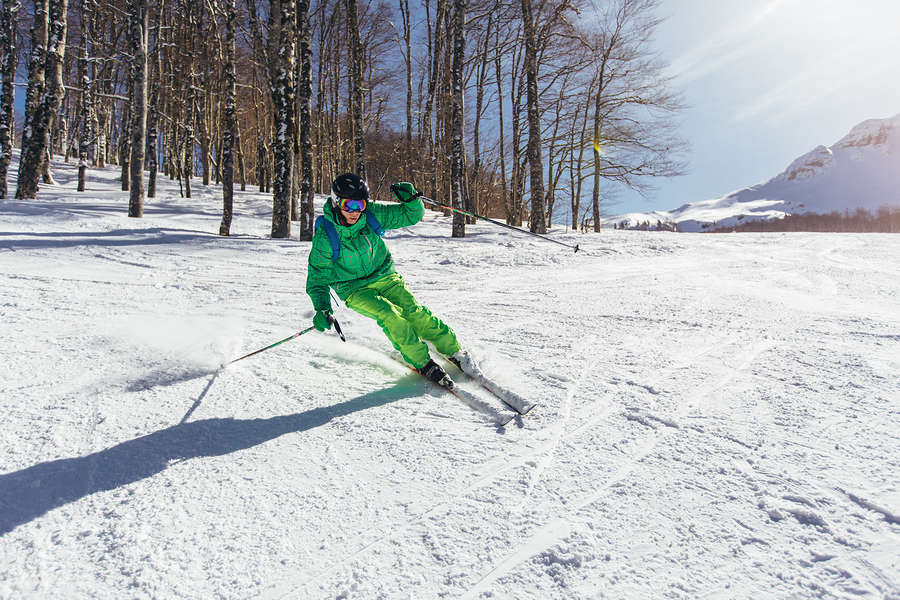Many of the clients at our Toronto physiotherapy clinic enjoy skiing. Skiing is a great way to enjoy the winter. Winter sports let us take the opportunity to become more active outdoors – and resist the urge to cocoon at home.
Whether you are a beginner or skiing at expert level, a good warm-up routine is the key to getting the most out of the experience and avoiding injury. It helps your muscles limber up in the cold weather, improves circulation, and aids flexibility. It helps the body to cushion shocks more effectively, which is important on the slopes.

What’s the best way?
For the maximum effect, you want to target the areas of the body that you will use when you ski. Here’s a suggested routine that will cover those areas. Remember that you should consult your Toronto physiotherapist, chiropractor, or other sports medicine specialist before beginning any new activity or sport.
-
Arm circles – You’ll loosen up your shoulders along with the arm muscles. Try 10 full circles towards the front and another in reverse to start.
-
Leg swings – Swing your legs back and forth, using the poles to balance if you need to. Ten repetitions for each leg should do the trick.
-
Core warm-up – Loosen up your crucial core muscles with hip circles and torso rotations. Be sure to begin by standing straight, with your legs at about shoulder width. The bigger the circles, the more benefit you’ll get. Do 10 repetitions clockwise and counterclockwise.
-
Squats – The classics are classic for a reason. This exercise warms up your leg muscles. Try to lower your body as far as possible into the squat position, without bending the knees over the toes. Try for a minimum of 10.
-
Movement – Get your body ready for movement and balance by beginning with walking on the spot for about 30 to 60 seconds, lifting your knees as high as you can. Then a set of jumping jacks (10 again) will ramp up the energy level.
-
Dynamic stretching – Complete this part once your muscles are warmed up. Dynamic stretching means stretching with movement. Stretch your arms, legs, and back, beginning with low intensity movement, and then working your way up to the kinds of movements (and speed) you would use during skiing.
If you need any advice on exercise, sports, or other activities, don’t hesitate to contact our Toronto physiotherapy and chiropractic clinics for a consultation. Our Toronto sports medicine specialists are ready to help.















